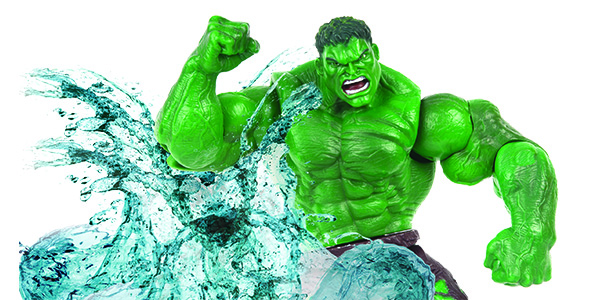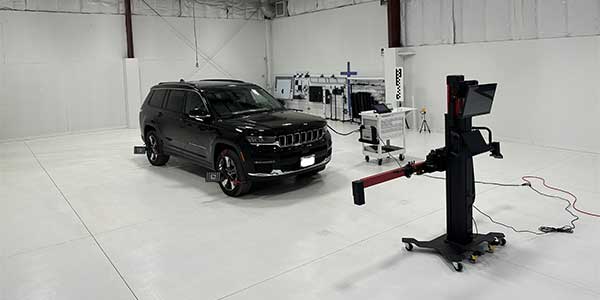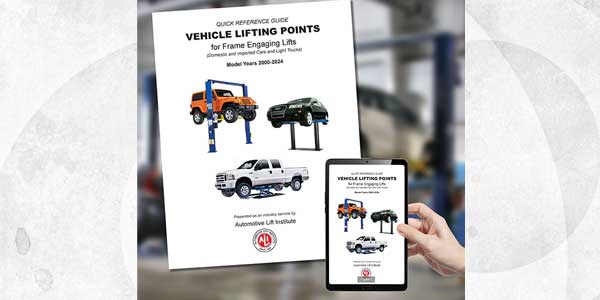
Want to stop any conversation quickly? Start chatting about moisture trapped in compressed air. My experience is that topic isn’t of great interest to most people. Who knew? However, every body shop I know uses compressed air, and they want no paint or tool problems from water in the airline. It’s a fact of life, in the physics sense, that compressing the atmospheric air that surrounds us (14.7 psi) to high pressure (175 psi) generates heat. Whether the friction occurs between the piston rings and their cylinder walls or the rotor vanes sweeping the compression chamber, hot metal parts are the result. The air heats up from contact with the hot metal.
Hot air holds more moisture. A single cubic foot of compressed air can hold varying amounts of moisture as vapor. Once the air cools, the remaining vapor condenses back to liquid and is easily removed. For example, picture a cube of air 12 inches on all sides. At 180 degrees, the cube will hold or suspend about 139 grams of moisture vapor. Cool the air down to 80 degrees and the same cube will only suspend 11 grams of vapor; the other 128 grams cooled off and condensed to liquid. At 40 degrees, the same volume of air will only hold about three grams of moisture, and any other H2O will be liquid.
Hulk Smash!
Knocking the liquid water out of the air is easy; cooling the air to lower the temperature to get it to condense is harder. All “impact” moisture traps work the same way – by smashing the water-laden air into a wall and knocking it loose from the compressed air. The “walls” the air hits can be star-shaped, octagonal, tilted, stacked or located inside the trap’s reservoir in a zillion ways. Each manufacturer figures they have the best solution.
You should drain the trap’s tank regularly to prevent pulling the liquid water back into the air stream. Paint problems and tool failures can occur when the remaining moisture vapor blows right out of the impact trap and down the line. As physics dictates, cooling the compressed air down by 20 degrees turns roughly half the vapor to liquid. Another 20 degrees and it’s half that, and so on.
Cooling the air begins with the shop piping. The object is to dissipate heat, and both copper and aluminum do a great job. Steel pipe is much less efficient, and PVC pipe traps the heat rather than sheds it. Many shops look at their old black gas-pipe plumbed buildings and the cost to re-pipe in the easy-to-use, snap-together aluminum air lines and decide they can live another year – a mistake in my book. Labor time is the most expensive thing in every shop, and at a $50 door rate, every minute of every tech’s time is worth 83 cents. It doesn’t take long for the extra hours spent correcting paint flaws to make a case for buying some dryer air. Piping the facility with aluminum pipe will ensure the compressed air arrives at every drop as cool as possible.
Cooling Methods
One way to get cooler compressed air is to run it past a set of refrigerant coils, very much like any window air conditioner. Shop-size refrigerated air dryers will cool the compressed air down to about 30 some degrees, or about two grams of moisture left as vapor. Inside the unit’s case are the A/C unit and – surprise – a regular impact moisture trap with an automatic float drain. Taking out the liquid water is easy; cooling it to liquid is the hard part.
Another method toward dryer compressed air is a desiccant dryer. A desiccant is something that absorbs – floor dry, kitty litter and toilet paper are all desiccants. Unlike a refrigerated air dryer that left those two grams of water, desiccants can potentially deliver completely dry air – if they’re maintained or reloaded frequently. When the absorbent beads or leaves become saturated, each drop of water in one end pushes another out.
Regular service intervals are mandatory for desiccant dryer success. Ball filters screwed on the spray gun can saturate and fill in just minutes if your air is wet.
Membrane dryers trap particles so small they can even take out odors and fumes, making a water molecule a piece of cake. The water vapor is pushed through a series of hollow fibers until the water is on one side and the air is on the other. More physics! Pre-filtering the air before it hits the tiny membranes prolongs service life. Most often seen in point-of-use booth applications, these ensure dry air for the spray guns.
Possible Solutions
Poor-quality, moisture-laden compressed air has been a potential body shop problem since the day I started in 1970. It became a much bigger deal when waterborne coatings entered the business. Back then, the water in the air line would cause your lacquer to blush, your acrylic enamel to water-blister and your airboard to rust shut – bad news, but clearly survivable. Water as a solvent in car paint is some seriously cool chemistry, but the paint company can’t make it work if the shop adds extra water in the compressed air. Plenty of clean, dry air is the key today.
What would I do? Like you care! I would spend the first money for a complete re-plumb in high-pressure copper or aluminum pipe. Take the air off the top of the pipe at each drop and either loop complete back to the tank or ensure a drain leg at every dead-end line. In many shops, this change alone would cool the air enough that any impact trap would remove enough water to deliver good work. If even dryer shop air is needed (ever heard of summer?), I’m a fan of refrigerated dryers because there’s little maintenance required. I concede that some desiccant dryers deliver dryer air, but I’ve been around body shops for 47 years and any equipment that needs regular charges, changes or attention is in danger. I would hang the snazziest point-of-use dryer I could find in the booth. Desiccant-style or membrane-style? Hard to say; I would let my jobber salesperson show me the choices.













